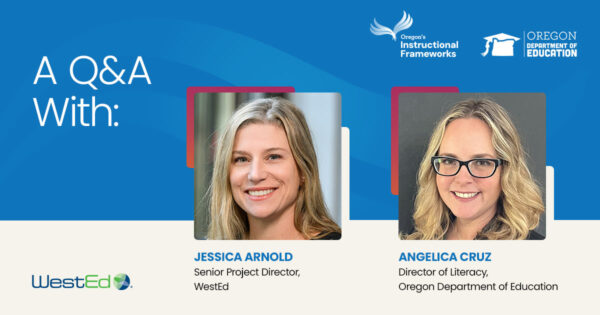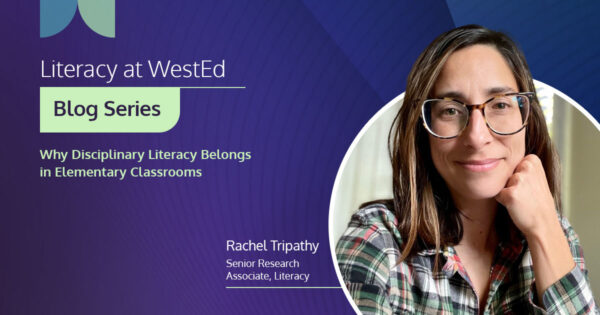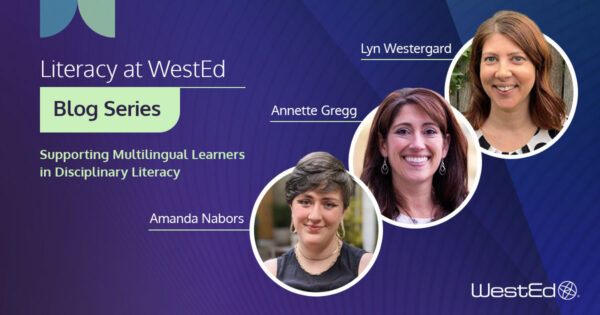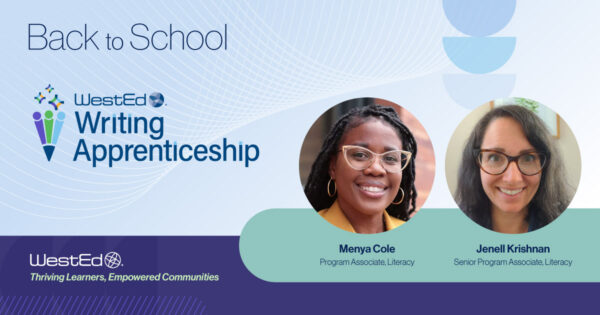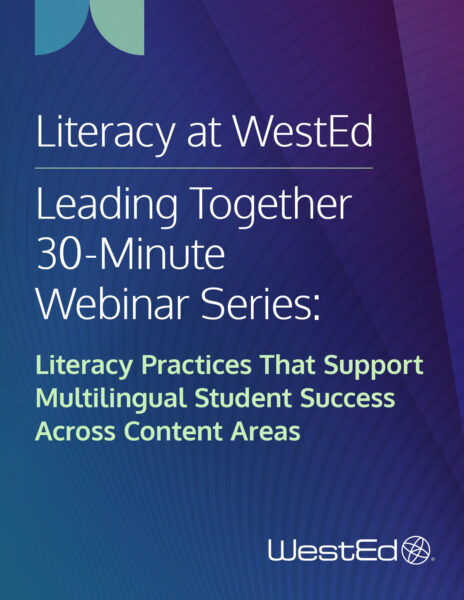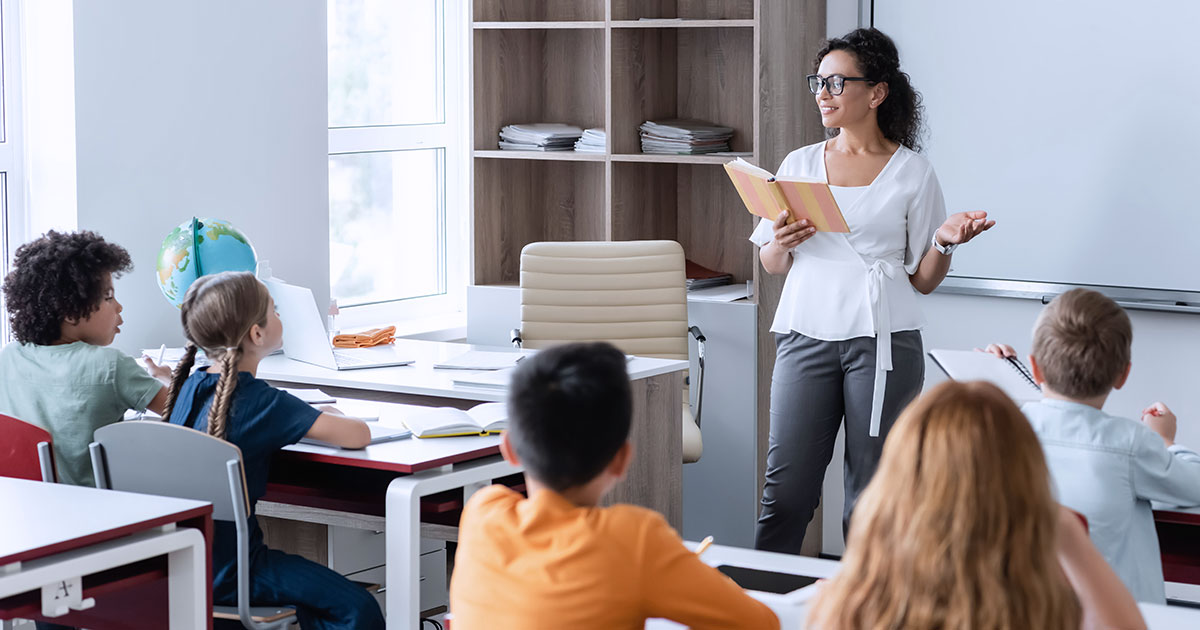
July 21, 2025
WestEd’s recent Leading Together Webinar explored how metacognitive routines can strengthen disciplinary literacy and enhance student learning in social studies, English language arts (ELA), and science classrooms.
Led by WestEd’s Karen Lionberger, Jenell Krishnan, and Alicia Ross, the session focused on how disciplinary literacy and content knowledge are not separate goals but rather distinct aims that fuel one another. Through intentional, structured routines, educators can help students read, write, and speak with disciplinary expertise while deepening their grasp of core concepts.
Working Together: Disciplinary Literacy and Content
A common misconception is that literacy work takes time away from content learning. In fact, the opposite is true. Disciplinary literacy in science and social studies classrooms encourages students to read, write, speak, and listen like a historian or scientist. In doing so, students develop a deeper understanding of the content while also improving their literacy abilities.
Utilizing metacognitive literacy routines provides students with entry points into complex texts, data sets, and tasks, making content area work more accessible and engaging for all learners. These routines help students slow down, reflect, and take ownership of their learning.
Supporting Content Practices With Metacognitive Routines
Whether students are developing models, constructing arguments, or analyzing data, metacognitive routines help them pause and reflect on their thinking. One strategy WestEd experts highlighted in the webinar was the use of sentence frames that prompt students to
- ask questions (“I’m wondering if …”),
- make predictions (“I think this will happen because …”),
- clarify confusion (“This part doesn’t make sense to me …”), and
- make connections (“This reminds me of …”).
These routines are also adaptable to Next Generation Science Standards and can be built into daily instruction.
Making Thoughts Visible With Think-Alouds
Think-alouds provide students with the opportunity to be deliberately metacognitive while reading by thinking out loud about their reading process with other students. Using think-alouds in content areas allows students to externalize their thought process, which helps them comprehend and retain information. Just as importantly, it gives teachers real-time insight into student understanding.
Once teachers have this essential insight, they can implement “just-in-time” supports, such as targeted scaffolding based on what students are actually grappling with in the moment rather than “just-in-case” preteaching that may not address their needs.
Reading Content Area Data as a Literacy Process
Graphs, charts, and maps aren’t just visuals—they’re texts students must learn to read. By emphasizing the importance of treating data interpretation as a literacy act, one that can be supported through think-alouds, educators can further encourage ongoing growth in both content and literacy.
Students might be tempted to jump to conclusions when viewing a data display. Instead, metacognitive routines help them
- slow down,
- notice patterns and trends,
- visualize what’s happening, and
- ask clarifying questions.
Metacognitive literacy routines are powerful across all disciplines. When educators collaborate across departments, these routines become a common thread that supports students’ literacy and learning in every class.
Watch the full webinar and view the other webinars in the series.
How We Help
Learn more about WestEd’s Reading Apprenticeship and Writing Apprenticeship.
Disciplinary Literacy Blog Series
Our new blog series explores the concept of disciplinary literacy—the distinct ways of reading, writing, and communicating across academic fields such as science, history, math, and literature. Featuring actionable insights from WestEd thought leaders, the series looks at how integrating disciplinary literacy practices into elementary and secondary classrooms can support student success in school, in careers, and throughout their lives.
Read the first three posts in the series:
